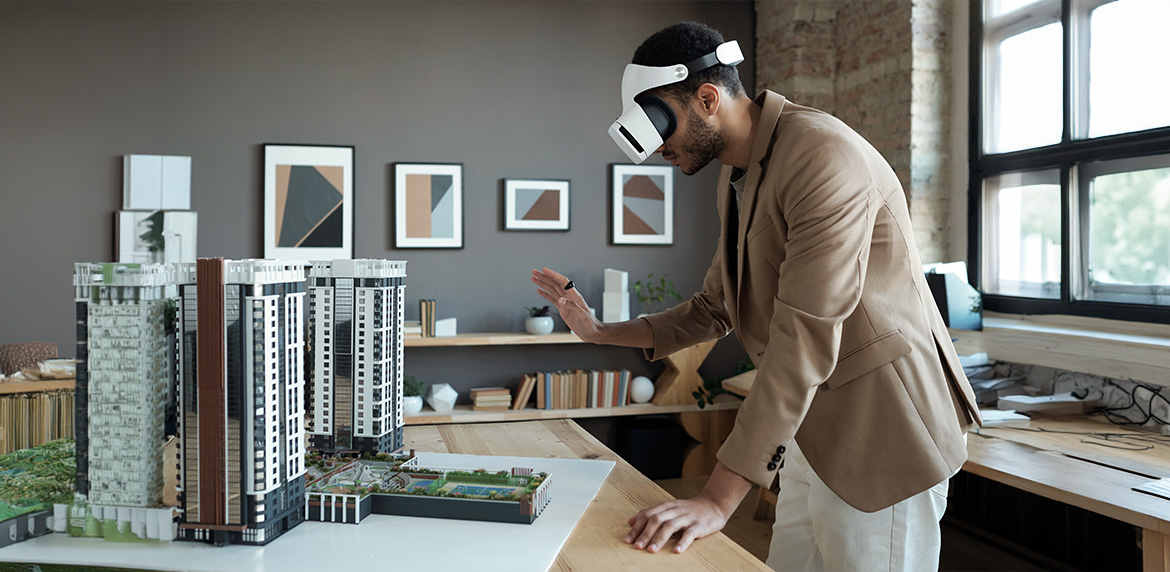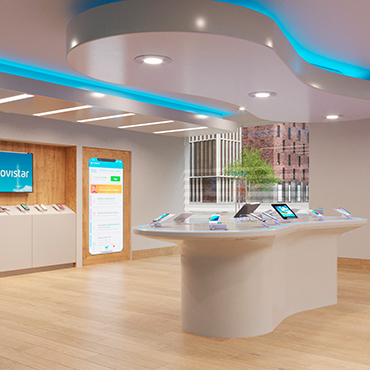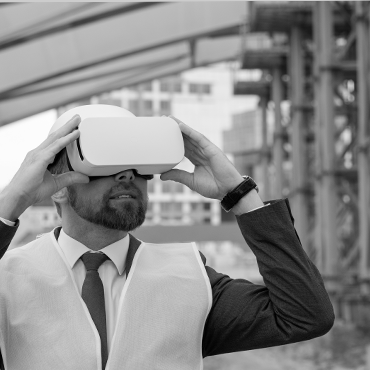Digital Transformation in the Real Estate Industry: Virtual Reality Revolutionizes Marketing
The real estate industry is in the midst of a digital transformation, with virtual reality positioning itself as an innovative tool for property marketing. This technology not only captures the imagination of potential buyers but also significantly enhances the chances of a sale.
With the ability to transport clients to a space that does not yet physically exist, VR offers a unique and immersive experience. Buyers can explore properties virtually, allowing them to experience the space and customize it to their liking before it is built. This capability not only delights potential buyers but also facilitates more informed purchasing decisions.

Immersive Presentations that Delight
Imagine being able to offer your clients a tour of their future home, where they can interact with the environment, customize finishes, and visualize different furniture layouts. VR makes this possible, providing an immersive experience that goes beyond traditional model apartments. This not only attracts more clients but also creates an emotional connection with the space, increasing the likelihood of a purchase decision.
High-Impact Visual Marketing
With VR, marketing materials transform into interactive experiences. Static representations give way to virtual tours that can be shared online, reaching a wider audience and engaging international buyers who are unable to visit the site physically.
Reduction of Time and Costs
Building physical model apartments is a significant investment. VR eliminates the need for multiple sample spaces, allowing developers to invest those resources in VR technology that can display a wider range of designs and customization options. This not only reduces costs but also speeds up the marketing time for new projects.
Making Decisions with Confidence
The ability to explore different configurations and finishes in a virtual model apartment allows buyers to make informed decisions with confidence. Being able to see what their home will look like, clients can commit to their purchase well before construction is completed.
This process is enriched by the option to visualize and adjust furniture within the virtual space. Buyers can experiment with furniture layouts, see how their own furniture would integrate into different spaces, or explore new furniture options offered by developers. This not only ensures everything fits perfectly but also allows for personalizing every detail to their taste.
The ability to interact with the environment in this way helps clients make efficient spatial planning and more informed decisions. They can gauge the functionality and aesthetics of the space without having to wait for the project to be physically completed, facilitating quicker and more secure commitments to the purchase.
Increasing Reach and Convenience
With VR applications, potential buyers can take tours from the comfort of their home or abroad, removing geographic barriers and expanding market reach. Moreover, VR is an excellent tool for pre-construction sales, as buyers can see the full potential of the project before the first stone is laid.
Conclusion
Adopting virtual reality in the marketing of model apartments is not just a strategy to stay at the technological forefront; it is a proven sales tactic that enhances customer experience, increases efficiency, and broadens the potential market. In an era where user experience is king, VR becomes the throne from which real estate developers can conquer the market.
Latest News All Articles

Unreal Engine 5: The Superior Choice for Architectural Visualization
We explore why Unreal Engine 5 (UE5) is becoming ...

Exploring Spaces with 3D Web Virtual Tours: The Best Tools..
3D web virtual tours have opened a window to the world...

Virtual Reality in Architecture
Virtual reality (VR) has transformed numerous industries, but none as profoundly...
